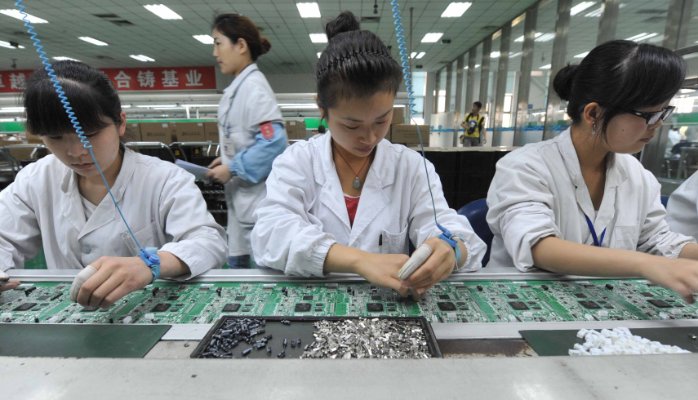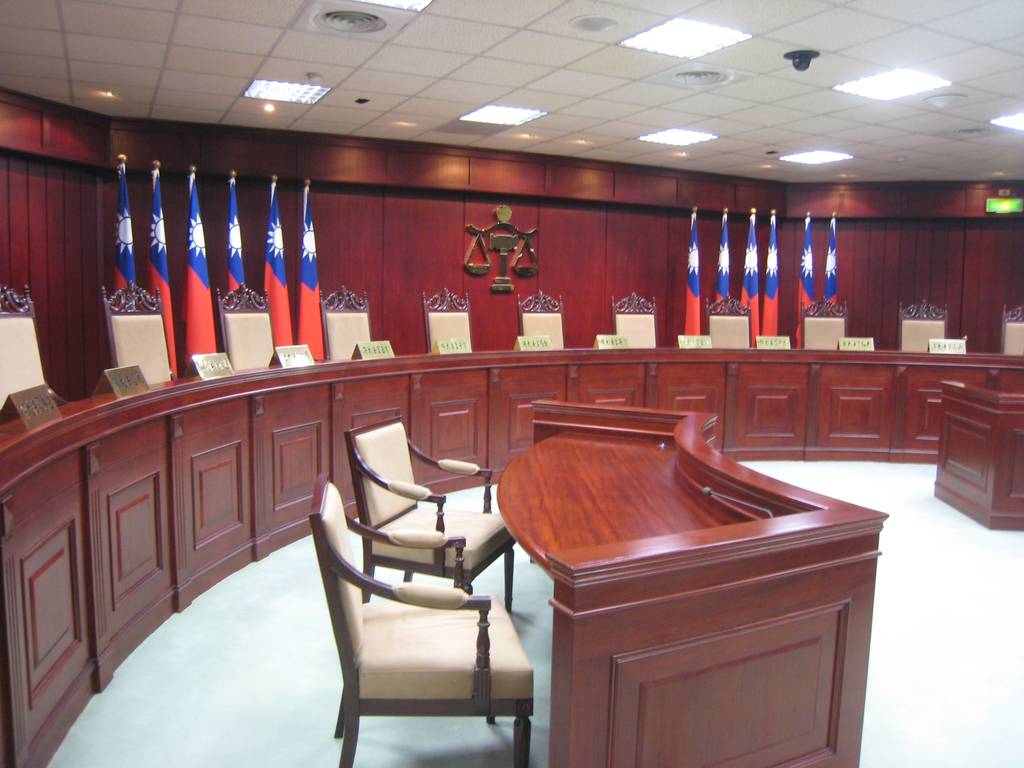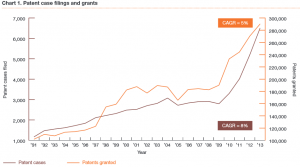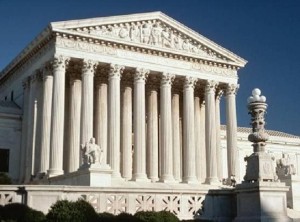In this age of endless corporate cost-cutting, it might seem the only way to compel a company to license ones technology is through litigation or threats of litigation. After all, why would a company agree to pay large sums of hard-earned dollars for the use of intangible property unless it absolutely has to?
Well, they do. While patent lawsuits grab the big headlines, plenty of licensing takes place without threats or coercion. Often it results from business discussions between willing participants. The licensor may be unwilling or unable to fully develop and commercialize its technology, while the licensee may believe use of the technology will generate increased revenue or other benefits that should outweigh the costs of licensing.
Take Microsoft, for example. They license out a variety of technologies that improve the performance of computers, monitors, keyboards and more. But, they hit a jackpot with their android patents, licensing their technology to cell phone manufacturers who paid more than $400 million in licensing revenue in 2012. Or consider IBM, Intel, Qualcomm and Texas Instruments, each generating roughly $1 billion in annual licensing revenue. Of course, those are extreme cases, but the point is licensing deals are often entered into not in response to litigation but as a strategic, mutually-beneficial business transaction.
Of course, it’s not easy locating potential licensing partners and convincing them that paying royalties makes business sense. In fact, it usually requires a great deal of work. But, technology licensing agreements are often negotiated as a business deal, with the licensor wielding a carrot not a stick, sparing both parties the stress and expense of litigation. I know, because my former employer, on several occasions, succeeded in doing the same.
Here are 10 tips intended to help your company out-license its technology through business means. Continue reading →




